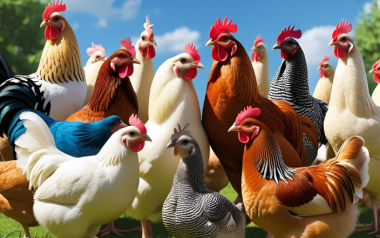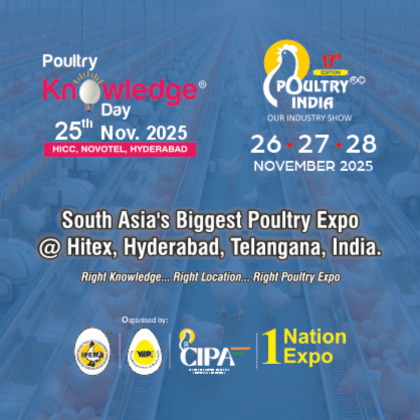Sources: Available upon request.
27 Apr 2024
The russian poultry industry prepares for a radical shift
The Russian poultry sector finds itself at a crossroads, facing significant challenges and opportunities. As the country grapples with geopolitical tensions, economic sanctions, and internal dynamics, the once-thriving poultry industry is undergoing a transformation.
The Russian poultry sector finds itself at a crossroads, facing significant challenges and opportunities. As the country grapples with geopolitical tensions, economic sanctions, and internal dynamics, the once-thriving poultry industry is undergoing a transformation. Let’s delve into the factors driving this change and explore what lies ahead.
Background: A poultry boom and its disruption
Before February 24, 2022, the Russian poultry industry was a beacon of growth within the agricultural sector. With annual expansion rates of 10% to 11%, it was a vital contributor to the nation’s food security. However, the outbreak of the Russian-Ukrainian war abruptly halted this upward trajectory. The conflict disrupted supply chains, strained resources, and cast uncertainty over the industry’s future.
Challenges faced by the russian poultry industry
- Sanctions and isolation: Russia’s increasing isolation on the international stage has had severe repercussions. Sanctions imposed by other nations have disrupted the flow of critical supplies, including feed, raw materials, and technology. Traditionally reliant on imports, the industry now faces shortages and uncertainties.
- Supply chain disruptions: The number of poultry farms in Russia has declined from 5,650 in February 2022 to just 4,900 in 2024—a 13.2% drop. The disruption in supplies—such as high-quality feed, embryos, vaccines, and equipment—has contributed to this decline. Previously sourced from European Union states, these essential components are now scarce due to sanctions.
- Personnel shortages: The industry grapples with a severe labor shortage, surpassing post-World War II figures. Many workers were mobilized into the Russian army, leaving poultry farms understaffed. Regions like Tatarstan, Bashkortostan, Dagestan, and Krasnodar face the most acute challenges in this regard.
Mitigating strategies and future prospects
Despite these hurdles, the Russian government and industry players are actively seeking solutions:
- Import substitution: Russia aims to reduce its dependence on foreign imports by promoting domestic production. Efforts include developing local capabilities for feed, equipment, and other essential supplies. However, achieving self-sufficiency remains a long-term goal.
- State support: The government has introduced measures to support the industry. These include soft loans for poultry farmers, long-term state contracts for procurement, and subsidies for farm modernization. These initiatives aim to stabilize the sector and foster resilience.
- Labor mobilization: Addressing the labor shortage requires innovative approaches. Reintegrating skilled personnel, training new workers, and incentivizing employment in the poultry industry are essential steps.
Looking ahead
The Russian poultry industry stands at a critical juncture. While challenges persist, there are glimmers of hope. Russia’s accession to the World Trade Organization (WTO) may open new avenues for exports, especially poultry meat. Increased domestic production and improved quality signal a potential resurgence. As the industry navigates this radical shift, adaptability and strategic planning will be key to its survival and growth.
In conclusion, the Russian poultry industry’s journey toward transformation is fraught with obstacles, but it also presents opportunities for resilience and innovation. Only time will reveal whether this radical change leads to a stronger, more self-reliant sector—one that can weather geopolitical storms and feed the nation.










































